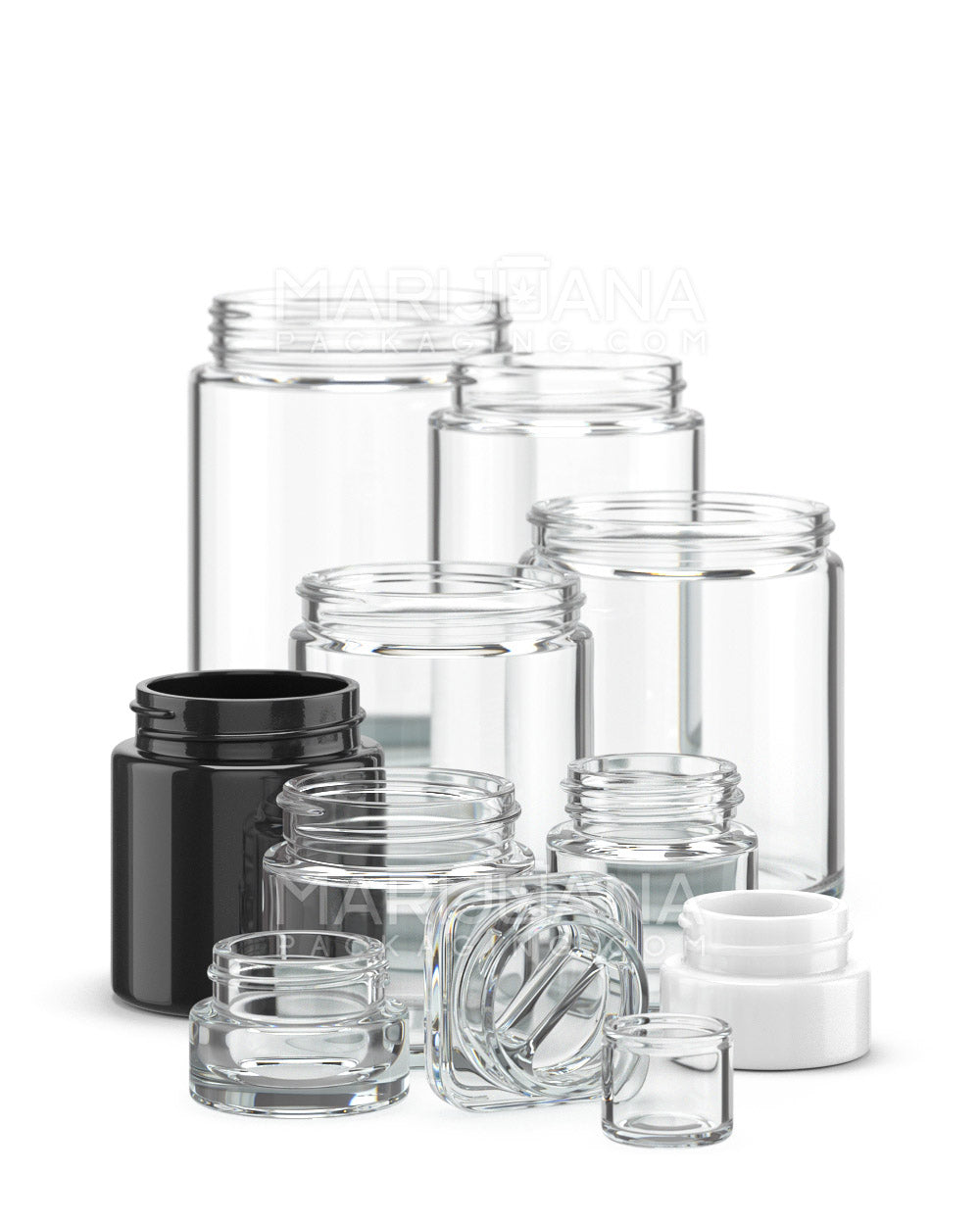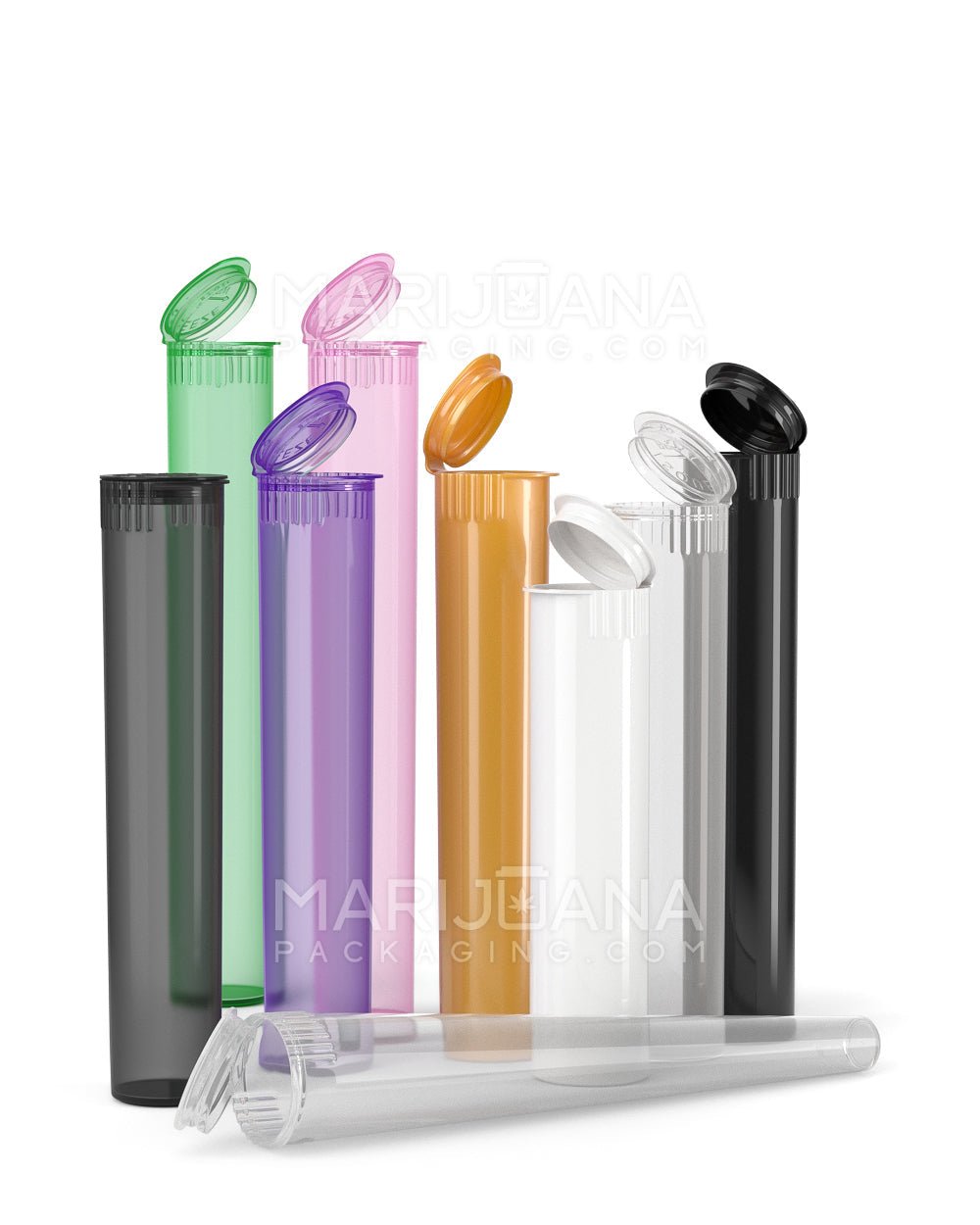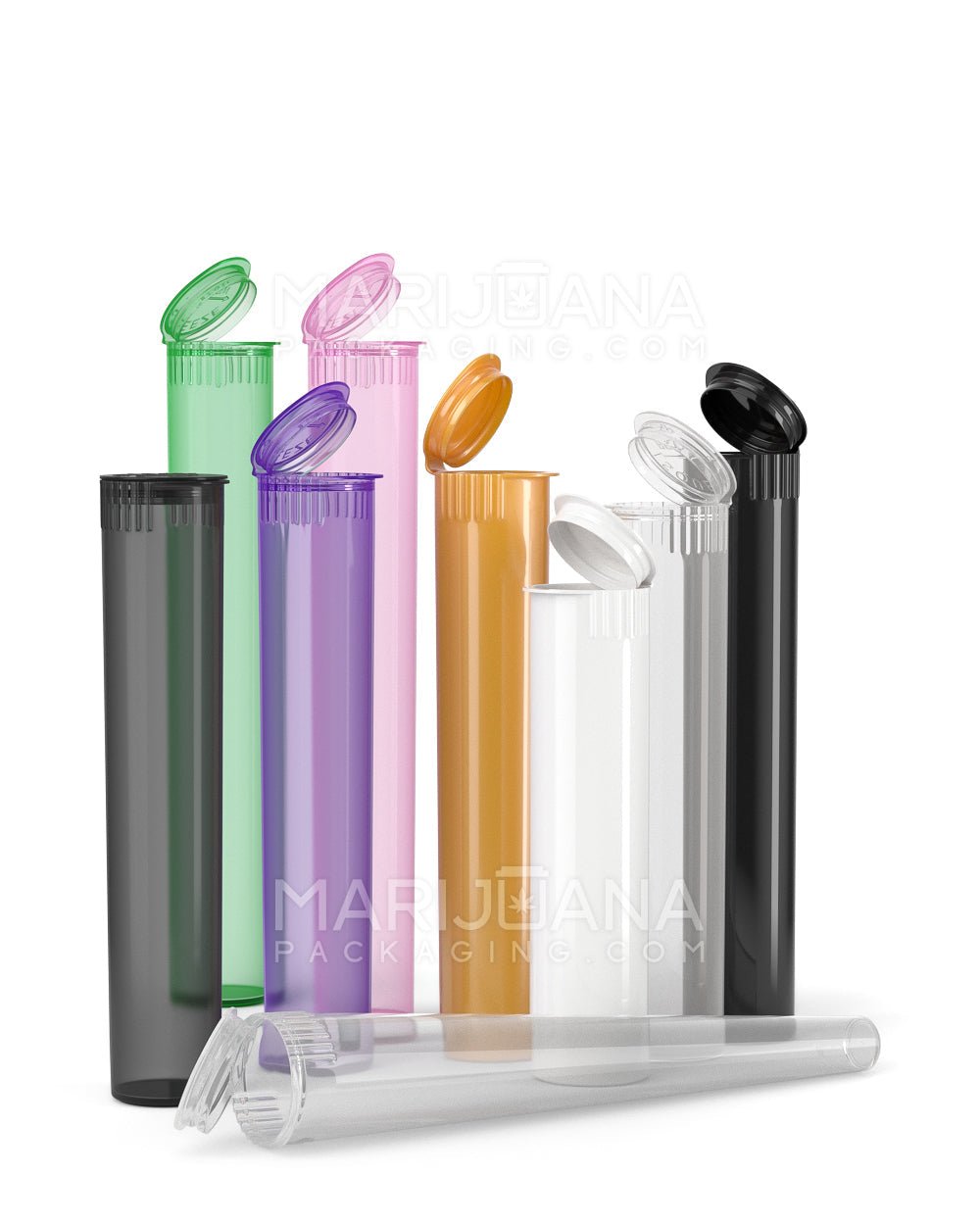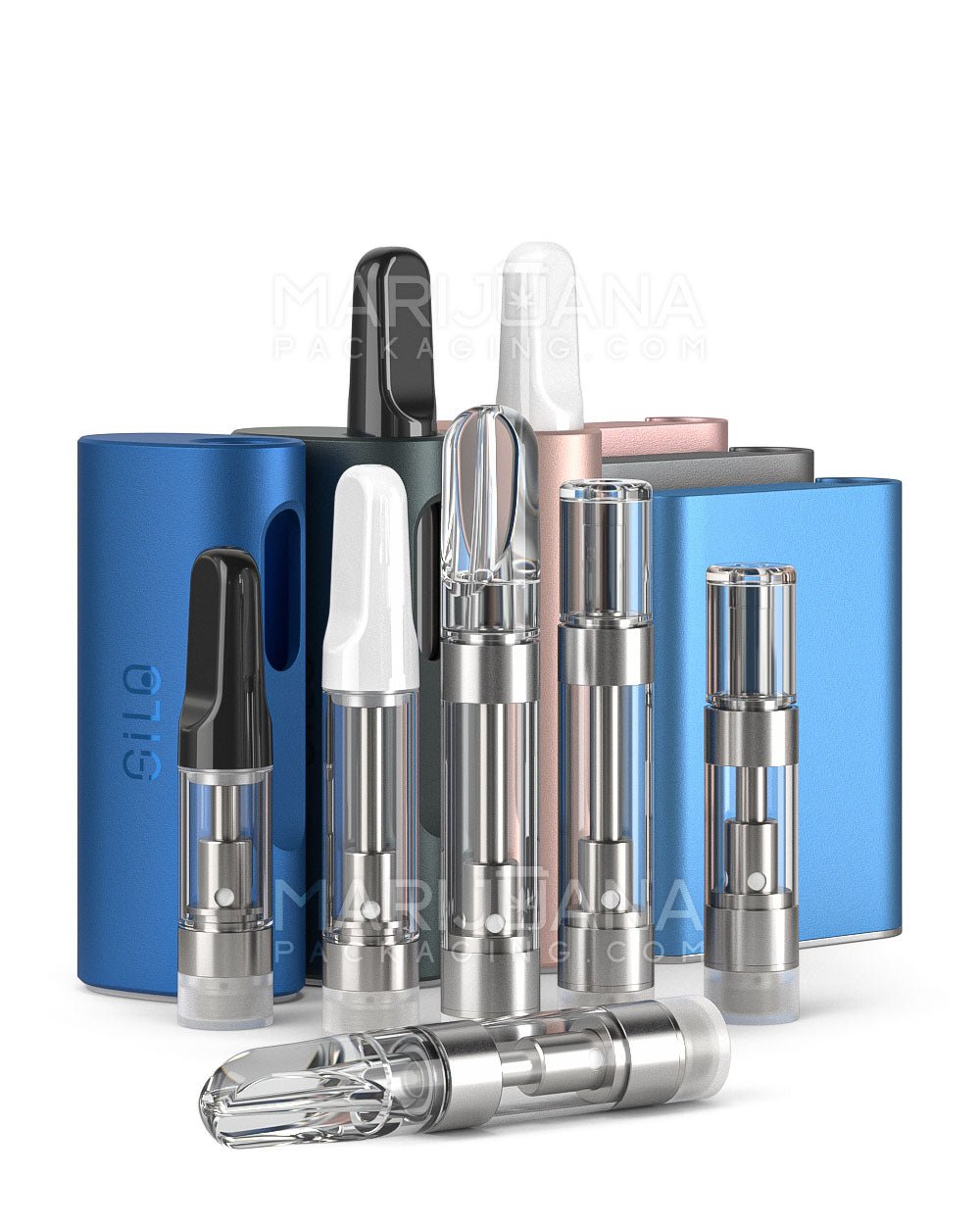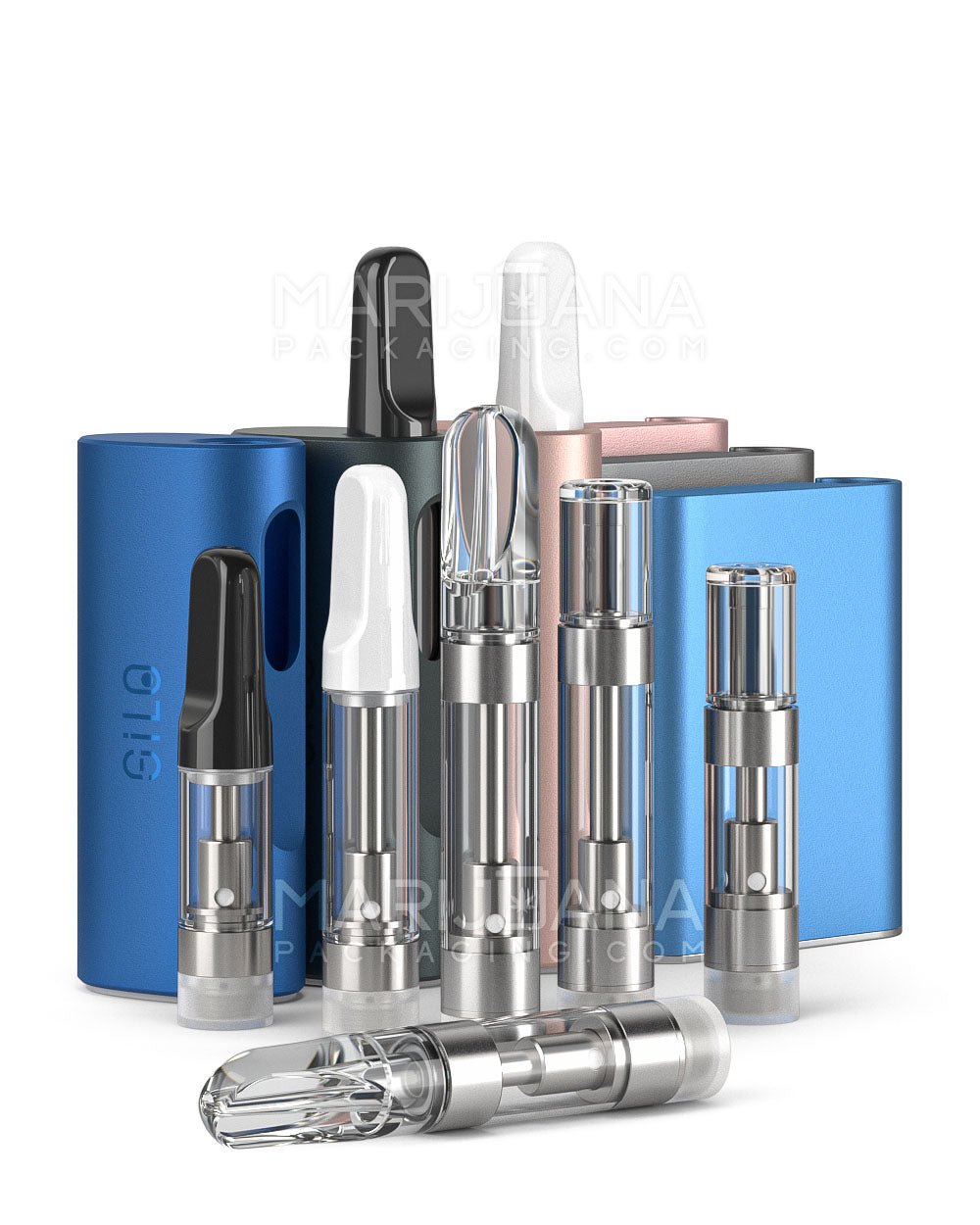Planting marijuana can be an exciting endeavor, whether you're doing it for personal use or as part of a larger cultivation operation. But how early can you start planting those seeds and watching them grow into lush, vibrant plants? Timing is crucial, and getting it right can make all the difference between a bountiful harvest and a disappointing yield.
In this article, we'll explore the factors that determine the best time to plant marijuana, from climate considerations to choosing the right strain. We'll also discuss indoor vs. outdoor planting, the importance of understanding local laws, and some handy tips for successful cultivation. Let's get started on finding the perfect planting time for your marijuana garden.
Understanding the Growing Season
Timing your planting efforts correctly is essential for maximizing your marijuana yield. One of the first things you need to understand is the growing season, which varies depending on your location. In general, marijuana is a warm-season plant that thrives in temperatures between 70 and 85 degrees Fahrenheit. So, when planning your planting schedule, it's important to consider the local climate and the length of your growing season.
In areas with a mild climate, such as California or Oregon, you can start planting marijuana outdoors as early as late March or early April. This gives the plants plenty of time to grow and mature before the colder months set in. However, if you live in a region with a shorter growing season, like the northern United States, you might need to wait until late May or early June to ensure your plants have enough time to flourish.
That said, you can also start your seeds indoors in late winter or early spring to get a head start on the growing season. Once the danger of frost has passed, you can then transplant your seedlings outdoors. This approach is particularly useful in areas with unpredictable weather patterns or shorter growing seasons.
Choosing the Right Strain for Early Planting
Selecting the right strain of marijuana is another important factor to consider when planning your planting schedule. Different strains have varying growth cycles, and some are better suited for early planting than others. For instance, indica strains tend to have a shorter flowering period compared to sativa strains, making them an excellent choice for areas with a shorter growing season.
On the other hand, sativa strains typically require a longer growing period, so they might not be the best option for early planting in regions with unpredictable weather. However, if you live in a mild climate with a long growing season, sativa strains can thrive and produce impressive yields.
Additionally, there are numerous hybrid strains available, which combine the characteristics of both indica and sativa plants. These hybrids can offer the best of both worlds, making them a versatile choice for growers in various climates. When selecting a strain for early planting, it's essential to research the specific needs and growth patterns of each option to ensure you're making the best choice for your environment.
Indoor Planting: An Alternative to Early Outdoor Planting
If you're eager to start growing marijuana but the weather isn't quite right for outdoor planting, consider starting your plants indoors. Indoor growing offers several advantages, such as complete control over the environment, protection from pests and harsh weather, and the ability to grow year-round.
To begin indoor cultivation, you'll need to set up a growing space with proper lighting, ventilation, and temperature control. High-quality grow lights, such as LED or HID lights, are essential for providing the necessary light spectrum for your plants to thrive. Additionally, maintaining a consistent temperature between 70 and 85 degrees Fahrenheit and adequate humidity levels will help ensure healthy growth.
Starting seeds indoors allows you to give your plants a head start before transplanting them outdoors when the weather improves. This method can be particularly beneficial for growers in regions with short growing seasons or unpredictable weather patterns. However, it's important to remember that indoor growing requires a significant investment of time and resources, so be prepared to commit to the process if you choose this route.
Local Laws and Regulations
Before planting marijuana, it's crucial to familiarize yourself with local laws and regulations. Marijuana cultivation laws vary significantly across the United States, and understanding the rules in your area can help you avoid legal issues and ensure a successful growing experience.
Some states have legalized marijuana cultivation for personal use, while others only allow it for medical purposes. In states where cultivation is permitted, there are often restrictions on the number of plants you can grow and where you can grow them. For instance, some states have specific requirements for indoor growing setups, such as security measures and odor control.
Additionally, it's essential to keep in mind that marijuana remains illegal at the federal level, which can create complications for growers in states where cultivation is legal. To avoid potential legal issues, always stay informed about the latest developments in marijuana legislation and adhere to local regulations.
Preparing Your Planting Area
Once you've determined the best time to plant marijuana and chosen the right strain, it's time to prepare your planting area. Whether you're growing indoors or outdoors, proper preparation is key to ensuring healthy growth and a bountiful harvest.
For outdoor planting, start by selecting a location with ample sunlight, as marijuana plants require at least six hours of direct sunlight per day. Ensure the soil is well-draining and rich in nutrients, and consider adding compost or organic matter to improve its quality. Additionally, it's a good idea to test the soil's pH levels and adjust them as needed, aiming for a range between 6.0 and 7.0 for optimal growth.
If you're growing indoors, create a dedicated space with adequate lighting, ventilation, and temperature control. High-quality grow lights, such as LED or HID lights, are essential for providing the necessary light spectrum for your plants to thrive. Additionally, maintaining a consistent temperature between 70 and 85 degrees Fahrenheit and adequate humidity levels will help ensure healthy growth.
Regardless of your chosen planting method, investing time and effort into preparing your planting area will pay off in the long run, resulting in healthier plants and a more successful growing experience.
The Importance of Timing for Germination
Timing is everything when it comes to germinating marijuana seeds. Getting this step right sets the stage for healthy plant growth and can make a significant difference in the overall success of your cultivation efforts.
For most growers, the ideal time to germinate seeds is a few weeks before the last expected frost date in your area. This allows you to start seeds indoors and give them a head start before transplanting them outdoors once the weather is more favorable. If you're growing indoors, you have the flexibility to germinate seeds at any time of the year, provided you can maintain a stable growing environment.
To germinate seeds, start by soaking them in water for 12 to 24 hours, which helps soften the seed shell and encourages sprouting. After soaking, place the seeds between damp paper towels and keep them in a warm, dark place. Within a few days, the seeds should begin to sprout, indicating they're ready for planting.
Once your seeds have germinated, carefully transfer them to your growing medium, whether it's soil or a hydroponic setup. Be gentle when handling the delicate seedlings, as damage at this stage can hinder their development. By timing your germination efforts correctly, you'll be well on your way to growing healthy, thriving marijuana plants.
Monitoring Weather Conditions
Keeping an eye on the weather is crucial when planning your marijuana planting schedule. Weather conditions can have a significant impact on plant growth, and understanding how to adapt to changing conditions can help ensure a successful harvest.
In regions with unpredictable weather, it's essential to monitor temperature fluctuations and potential frost dates. Late frosts can damage or kill young plants, so be prepared to protect your seedlings with frost covers or move them indoors if necessary. Additionally, heavy rainfall can lead to overwatering and root rot, so ensure your planting area has proper drainage to prevent waterlogged soil.
Wind can also pose a challenge for outdoor growers, as strong gusts can damage or uproot plants. To minimize the impact of wind, consider using windbreaks or planting your marijuana near natural barriers, such as hedges or fences.
By staying informed about local weather patterns and being prepared to adapt your planting strategy as needed, you'll be better equipped to handle any challenges that come your way and ensure a successful growing season.
Tips for Successful Cultivation
To make the most of your marijuana planting efforts, consider these practical tips for successful cultivation:
- Choose the right strain: Select a strain that suits your climate and growing conditions to maximize your chances of success.
- Start indoors: Begin seeds indoors to give them a head start before transplanting them outdoors.
- Monitor weather conditions: Keep an eye on the weather and be prepared to adapt your planting strategy as needed.
- Invest in quality nutrients: Provide your plants with the necessary nutrients for healthy growth, including nitrogen, phosphorus, and potassium.
- Practice proper pruning: Regularly prune your plants to encourage bushier growth and improve air circulation.
- Be patient: Growing marijuana takes time and effort, so be prepared to invest in the process and enjoy the journey.
By following these tips and staying informed about best practices for marijuana cultivation, you'll be well on your way to a successful harvest and a rewarding growing experience.
Final Thoughts
Planting marijuana successfully hinges on understanding the right timing, choosing the appropriate strain, and preparing your growing environment carefully. Whether you're starting your seeds indoors or taking advantage of a favorable outdoor climate, keeping these factors in mind will help you achieve a flourishing marijuana garden.
And when it comes to packaging your harvest, Gamut stands ready to assist. With over a decade of expertise in packaging solutions, Gamut provides a full range of packaging solutions to make your brand unforgettable. From design to delivery, they cover the entire spectrum of packaging needs. So, when you're ready to showcase your product, consider reaching out to Gamut for all your packaging requirements.











